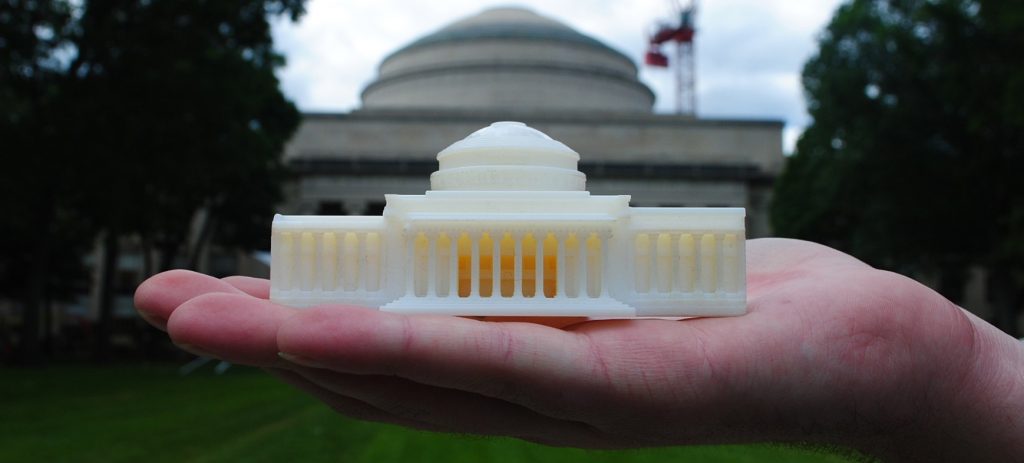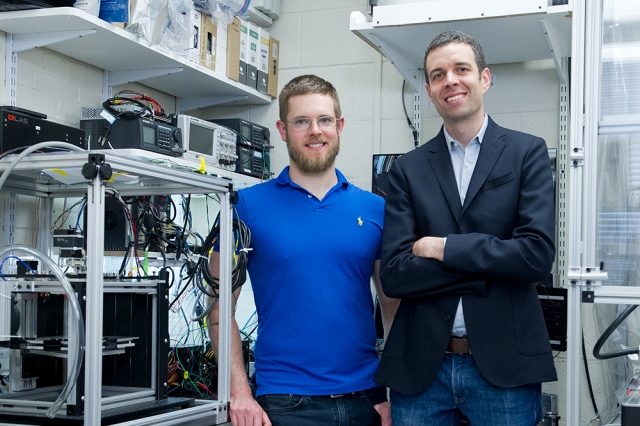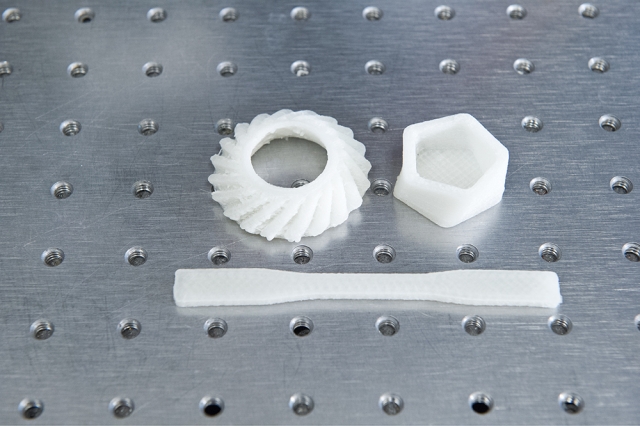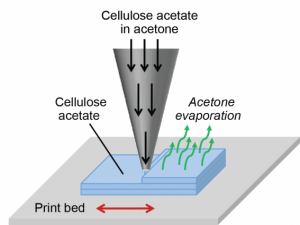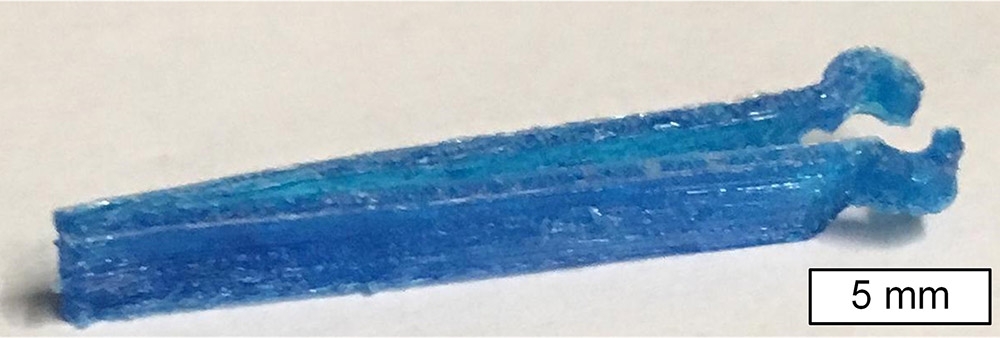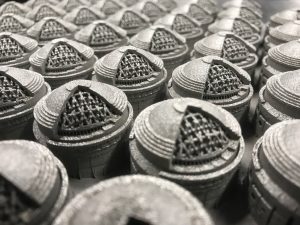MIT, which has been responsible for several major 3D printing breakthroughs in various departments, has announced that is has formed a new industry-facing consortium called the Center for Additive and Digital Advanced Production Technologies (ADAPT). The consortium’s major focus will be on additive manufacturing, and is based on four key pillars: visionary research, scalable education platforms, actionable strategic insights, and a vibrant academic-industry ecosystem based at MIT.
“Two of the largest barriers to AM adoption are confidence and know-how,” Program Manager Haden Quinlan told 3DPrint.com. “Among other activities, ADAPT is well poised to leverage MIT’s strengths as a global leader in education to help overcome these challenges at scale. ADAPT will build upon the successes of our previous professional coursework – including both our in-person course, Additive Manufacturing: From 3D Printing to the Factory Floor, and our online program, Additive Manufacturing for Innovative Design and Production.”
 ADAPT will begin several exploratory research projects involving faculty and graduate students this month. It will also accelerate the establishment of a new advanced additive manufacturing laboratory at MIT and host members-only events and flagship symposia.
ADAPT will begin several exploratory research projects involving faculty and graduate students this month. It will also accelerate the establishment of a new advanced additive manufacturing laboratory at MIT and host members-only events and flagship symposia.
“Recognizing that the challenges of implementing digital manufacturing solutions are as challenging as their value propositions are promising, ADAPT’s core research focus resides in multidisciplinary, early-stage research with outsize potential,” Quinlan continued. “Our faculty span Mechanical Engineering, Materials Science, Computation and Artificial Intelligence, and Business Strategy. By pooling membership funds to aggressively address high-value fundamental research across those topic areas, our work will complement and accelerate the important, more applied work of other research entities.”
ADAPT is being directed by Professor A. John Hart, who also leads MIT’s Laboratory for Manufacturing and Productivity and oversees the design and manufacturing facilities in the Department of Mechanical Engineering.
I am thrilled to launch ADAPT to accelerate MIT’s efforts toward enabling a next generation of production technologies, wherein AM is a cornerstone,” he said. “Moreover, AM–and the path toward a responsive, digital manufacturing infrastructure both within and between organizations–requires multidisciplinary expertise at the cutting edge of mechanical engineering, computer science, materials, and other fields. We deeply appreciate the support of our founding members, and look forward to solidifying our research, education, and engagement programs in the coming term.”
ADAPT’s founding members include ArcelorMittal, Autodesk, BigRep, Bosch in North America, Dentsply Sirona, EOS, Formlabs, General Motors, Mimaki Engineering Company, Protolabs, Renishaw and Volkswagen Group.
“ADAPT is still welcoming new companies,” Quinlan told us. “In line with our multidisciplinary research focus, we seek a broad distribution of members positioned across the AM value chain. Importantly, we value diversity of perspectives, as well as seek to engage companies with ambitious internal goals for the future of AM and digital production that align well with ADAPT’s vision.”
The members of the ADAPT consortium celebrated its official kickoff at the formnext exhibition in November, and will meet again at MIT in the spring of 2019.
Discuss this and other 3D printing topics at 3DPrintBoard.com or share your thoughts below.

